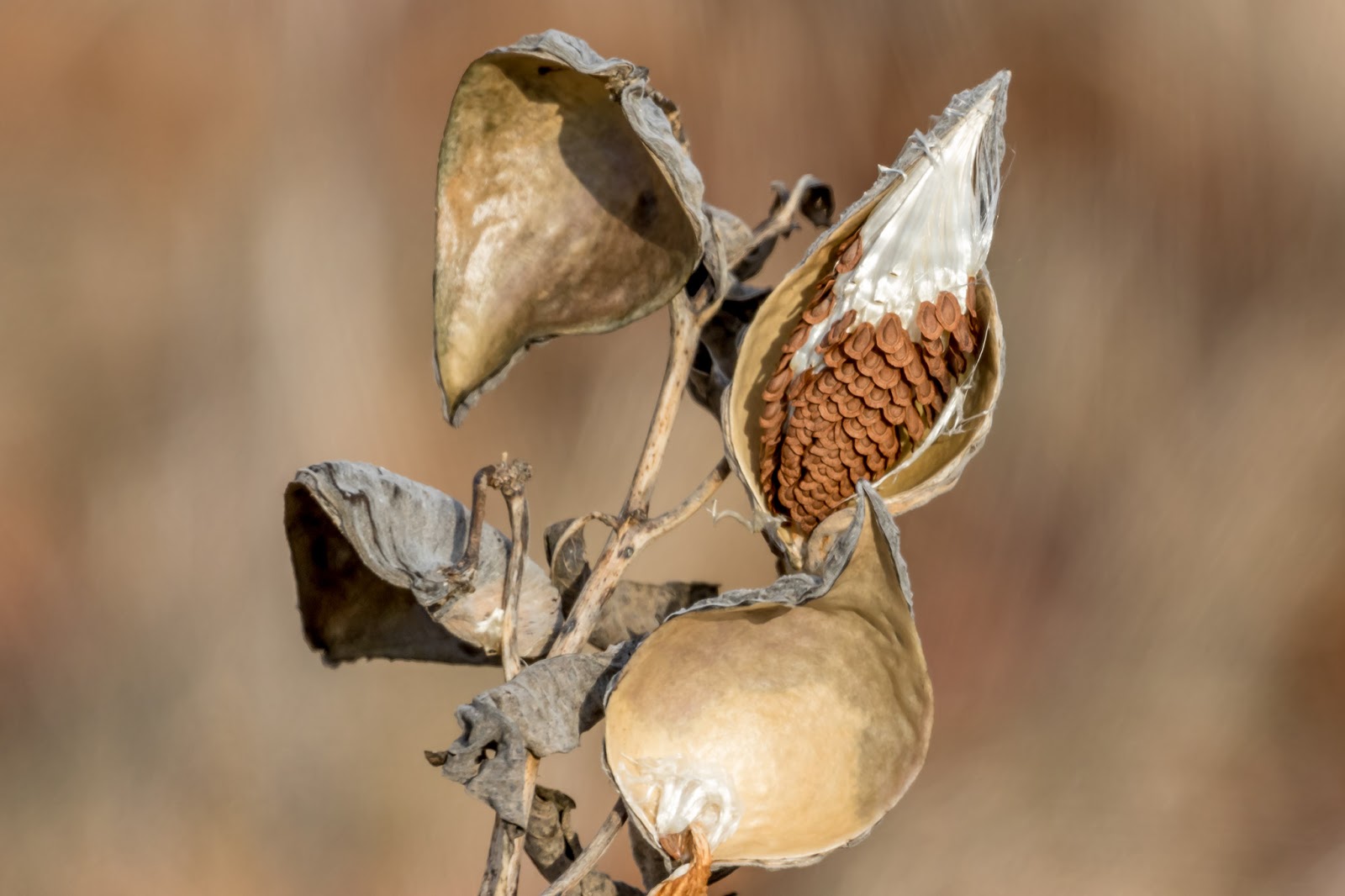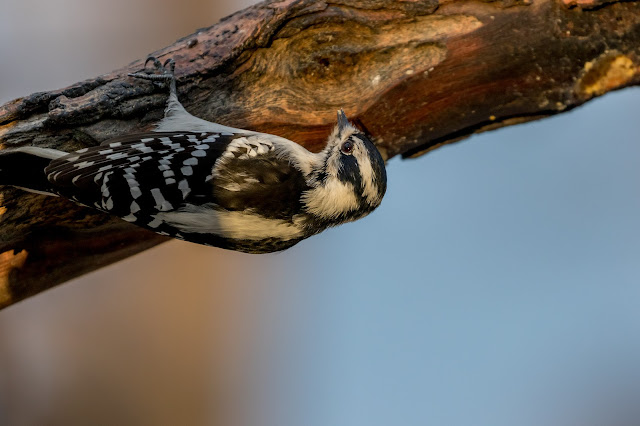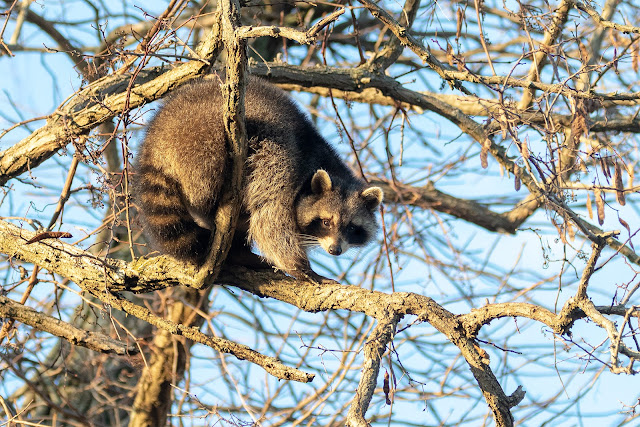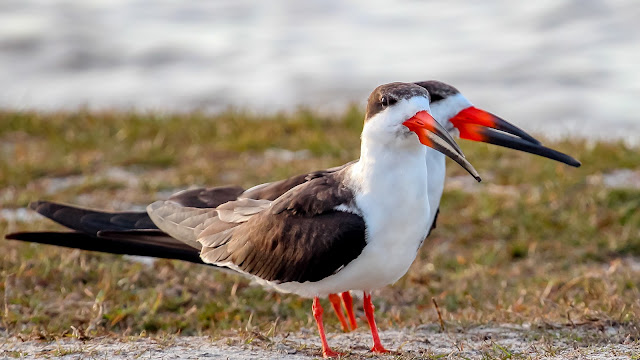Atlantic puffin.

Atlantic puffin near the Witless Bay Ecological Reserve while on O'Briens Boat Tour out of bay Bulls Newfoundland, June 5, 2018. We saw a good number of puffins and murres by the thousands. Fratercula arctica A lighthouse keeper on Iceland’s Westman Islands has been banding puffin chicks for more than 60 years. The islands are home to the largest puffin colony in the world, and the keeper, Oskar Sigurdsson, earned a spot in the Guinness Book of World Records for his prolific banding: more than 90,000 birds in that time, including more than 55,000 puffins. source - https://www.allaboutbirds.org/guide/Atlantic_Puffin/





















